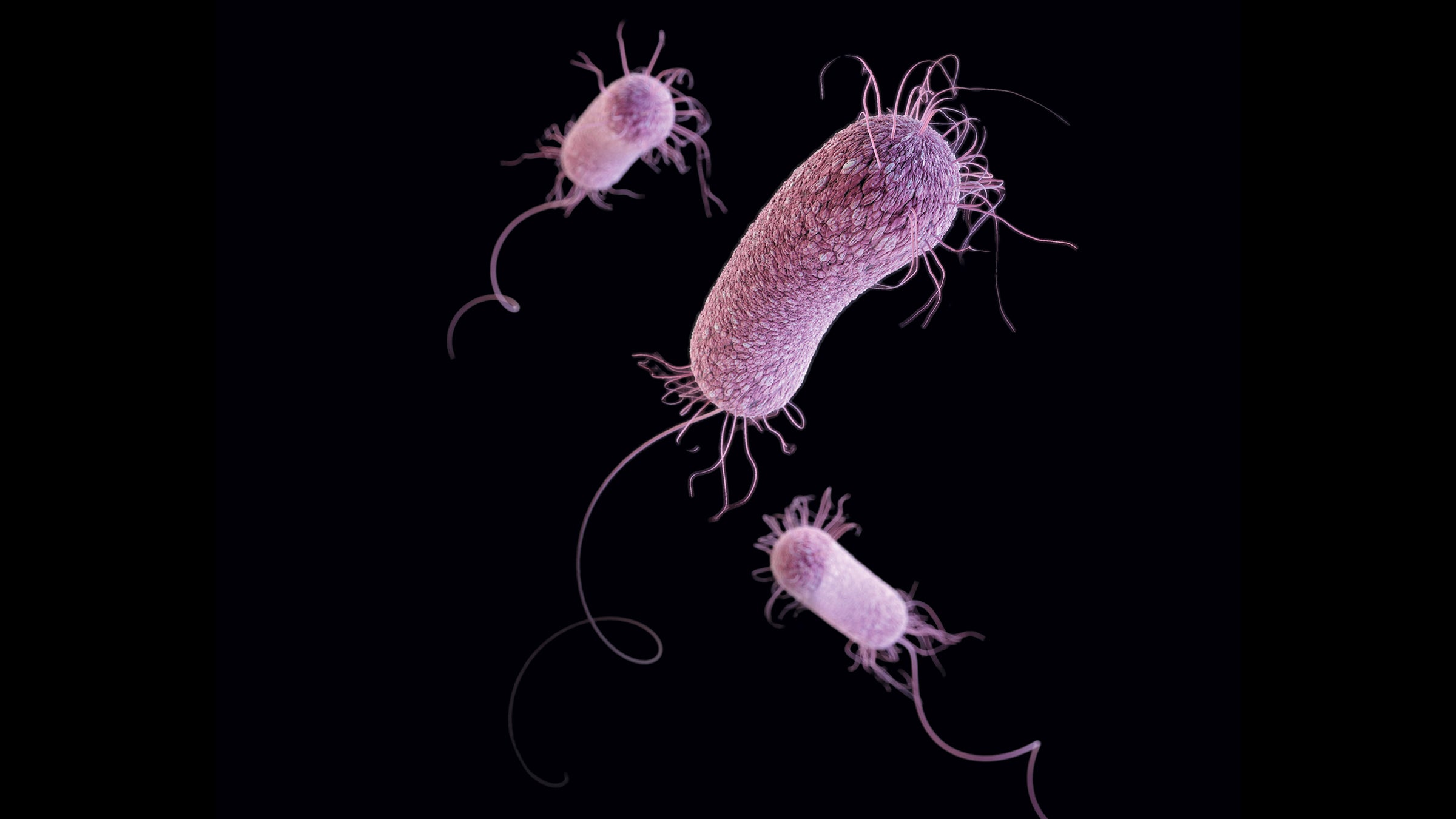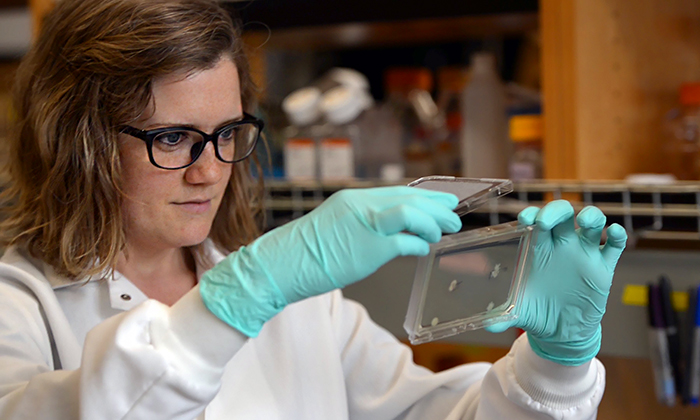Jekyll and Hyde Bacteria
What do you do when the bacteria you study that's deadly in the real world acts all mild and gentle in the lab?

To study diseases, biologists often make models, for example, a rat with a disorder similar to Alzheimer's. With a good model, they can tinker with different variables and see if anything halts the disease, without the ethical limits of experimenting on actual humans. But scientists studying an especially nasty bacterium that tends to invade and breed out of control in the lungs of people with cystic fibrosis (CF) kept hitting dead ends in their search for a good model.
Pigs and rats that were genetically engineered to have the same gene defect that causes CF in humans didn't develop the disease. The same bacteria growing in standard media on a petri dish acted nothing like they did when they were in the lungs of a CF patient.
Marvin Whiteley, director of the LaMontagne Center for Infectious Disease at the University of Texas at Austin, decided to try a different approach. This is his story.

UT Austin graduate student Justine Dees holds a petri dish with the bacterium Pseudomonas aeruginosa growing on it. Photo credit: Vivian Abagiu.



